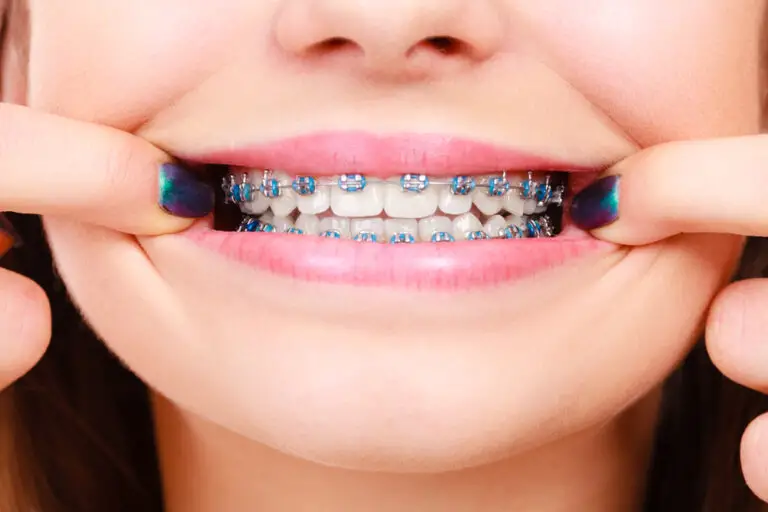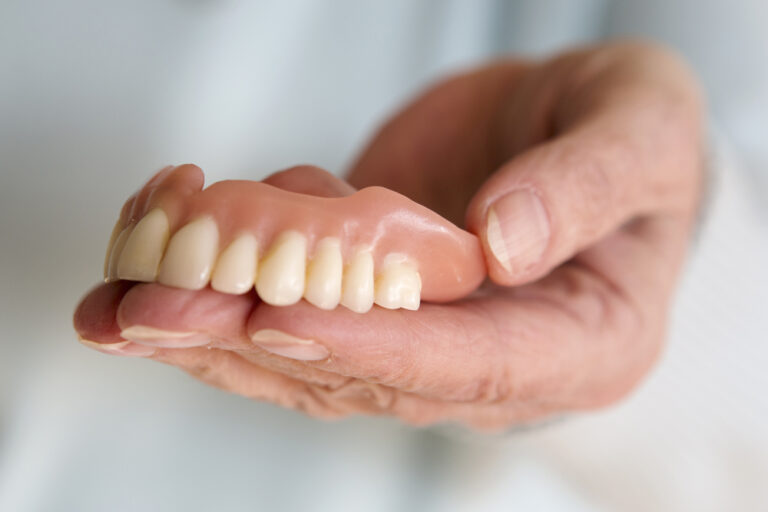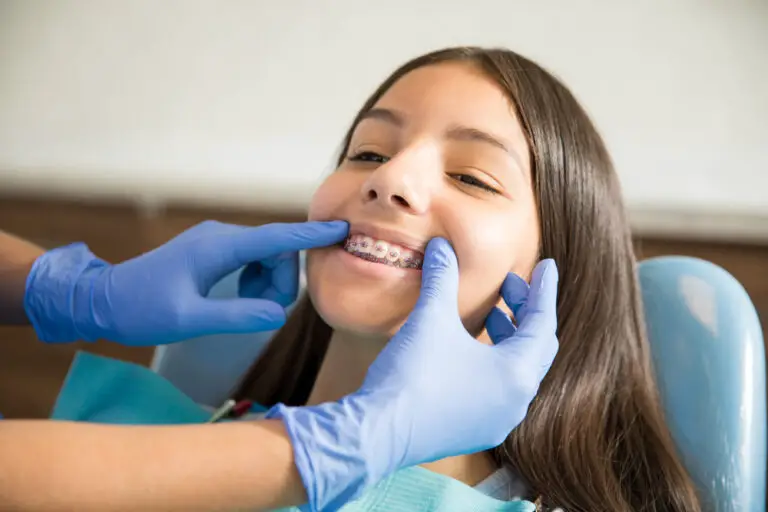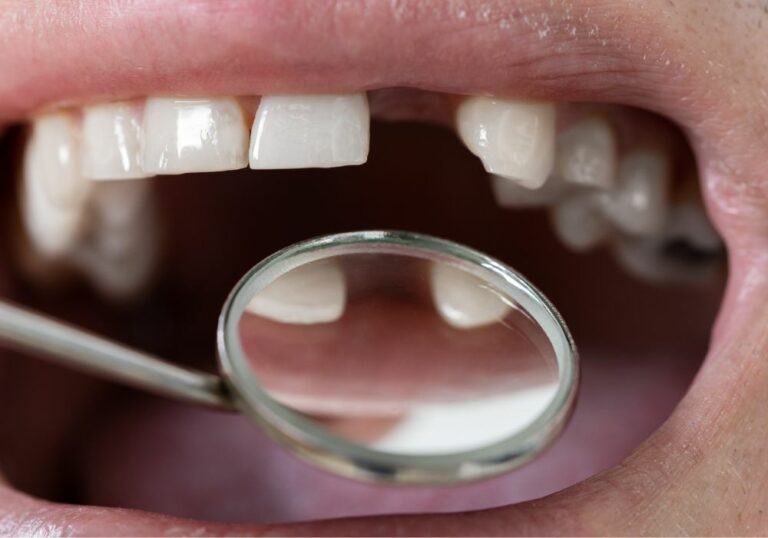Are you considering teeth whitening but worried about the potential damage to your gums? It’s a valid concern, as the whitening agents used in many products can be harsh on your delicate gum tissue. Fortunately, there are steps you can take to protect your gums and still achieve a brighter, whiter smile.
One of the most effective ways to protect your gums during teeth whitening is to use a custom-fitted tray. This will ensure that the whitening gel only comes into contact with your teeth, rather than your gums. It’s important to note that over-the-counter whitening products often come with one-size-fits-all trays, which can be ill-fitting and cause the gel to leak onto your gums. So, if you’re considering at-home whitening, it’s best to consult with your dentist and get a custom tray made.
Understanding Teeth Whitening
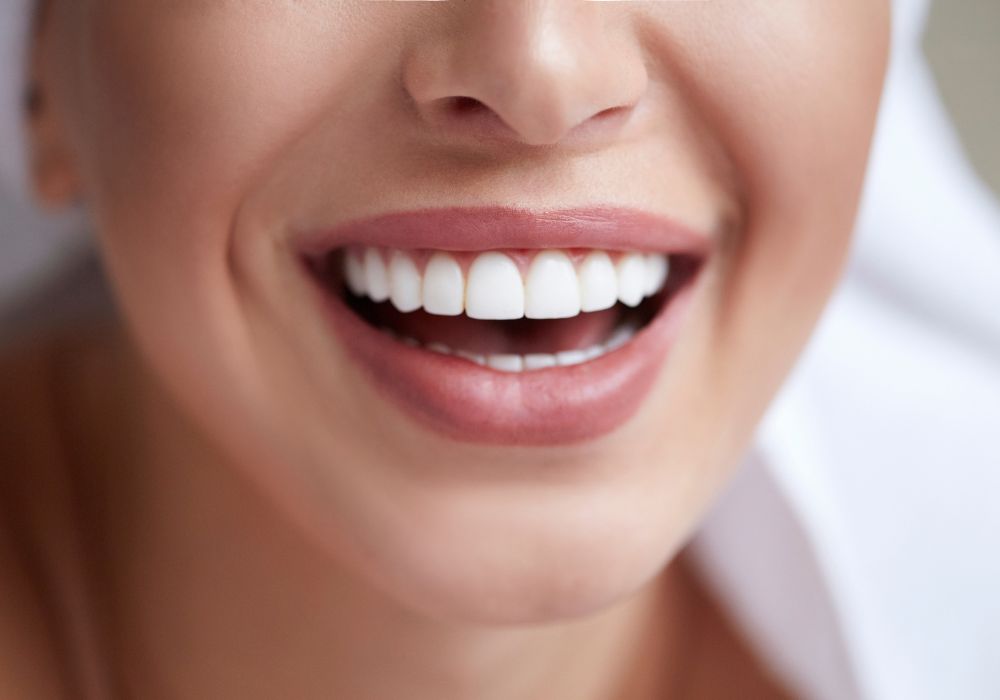
If you’re looking to brighten your smile, teeth whitening is a popular option. However, it’s important to understand the basics of this process before you begin. In this section, we’ll cover the basics of teeth whitening and the different products available.
The Basics
Teeth whitening is a cosmetic dental procedure that involves removing stains and discoloration from the teeth. There are two main types of teeth whitening: in-office treatments and at-home treatments.
In-office treatments are performed by a dentist and typically involve a high concentration of bleaching gel applied to the teeth. These treatments are generally more effective but also more expensive.
At-home treatments are more affordable and can be done on your own time. These treatments typically involve a lower concentration of bleaching gel and are applied using trays or strips.
It’s important to note that teeth whitening may not work for everyone. It’s most effective on yellow or brown stains and may not be as effective on gray or purple stains. Additionally, teeth whitening may cause sensitivity or irritation in some people.
Whitening Products
There are several types of teeth whitening products available, including:
- Whitening toothpaste: These toothpastes contain abrasive particles that help remove surface stains. However, they may not be as effective as other products.
- Whitening strips: These thin, flexible strips are coated with a bleaching gel and applied directly to the teeth. They are typically used for 30 minutes a day for several weeks.
- Whitening trays: These trays are custom-fitted to your teeth and filled with a bleaching gel. They are typically worn for several hours a day for several weeks.
- Whitening pens: These pens contain a bleaching gel that is applied directly to the teeth. They are convenient to use but may not be as effective as other products.
It’s important to follow the instructions carefully when using any teeth whitening product. Overuse or misuse can cause sensitivity or damage to the gums and teeth. Additionally, it’s a good idea to consult with your dentist before beginning any teeth whitening treatment.
Importance of Gum Protection
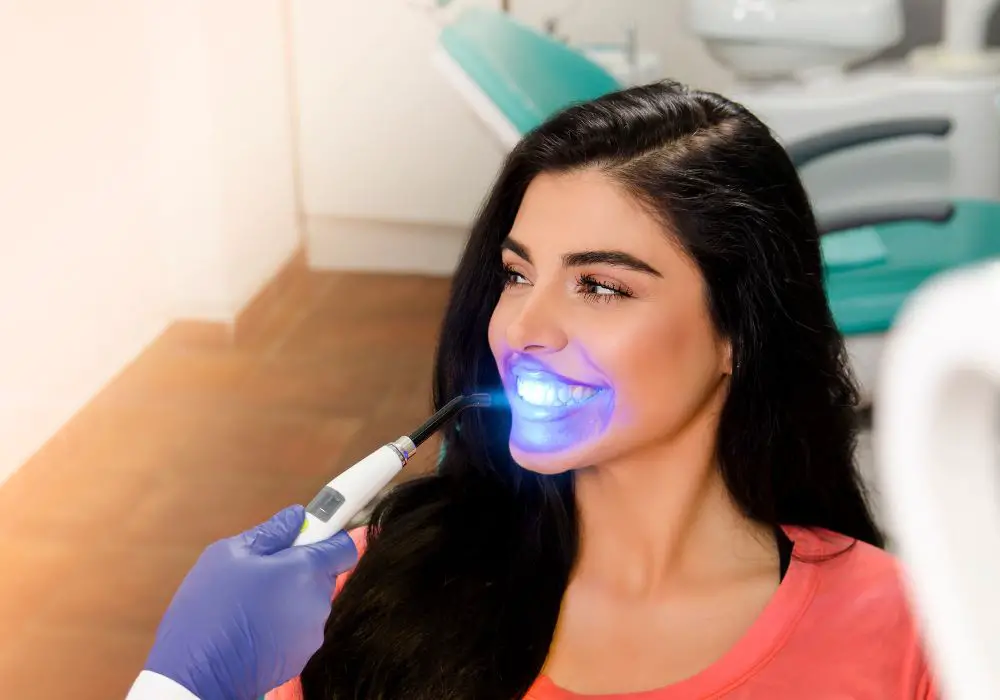
When it comes to teeth whitening, protecting your gums is just as important as achieving a brighter smile. Whitening products can be harsh on your gums and cause discomfort or even damage if not used properly. Here are a few reasons why gum protection is vital during teeth whitening:
Avoid Gum Sensitivity
Whitening products can cause gum sensitivity, which can be uncomfortable and even painful. By using gum protection, you can minimize the risk of sensitivity and ensure a more comfortable experience during and after the whitening process.
Prevent Gum Irritation
Whitening products can also cause gum irritation, which can lead to redness, swelling, and bleeding. By protecting your gums, you can avoid these unpleasant side effects and ensure a more pleasant experience overall.
Protect Gum Tissue
Harsh whitening products can damage your gum tissue if they come into contact with it. By using gum protection, you can prevent this from happening and ensure that your gums remain healthy and intact.
Achieve Optimal Results
Finally, protecting your gums during teeth whitening can help you achieve optimal results. By ensuring that your gums are healthy and comfortable, you can focus on whitening your teeth and achieving the bright, beautiful smile you desire.
Overall, gum protection is a crucial aspect of teeth whitening that should not be overlooked. By taking the time to protect your gums, you can ensure a more comfortable and effective whitening experience and achieve the beautiful, bright smile you deserve.
Potential Risks to Gums
When it comes to teeth whitening, there are some potential risks to your gums that you should be aware of. While many teeth whitening methods are safe and effective, some can cause chemical burns or gum irritation.
Chemical Burns
Chemical burns can occur if the whitening solution comes into contact with your gums. This can happen if you use too much whitening gel or if you apply the gel incorrectly. Symptoms of a chemical burn can include redness, swelling, and pain.
To avoid chemical burns, be sure to follow the instructions carefully when using teeth whitening products. Only use the recommended amount of gel or strips and be careful not to apply the product directly to your gums. If you do experience a chemical burn, stop using the product immediately and contact your dentist.
Gum Irritation
Gum irritation is another potential risk of teeth whitening. This can happen if the whitening solution irritates your gums or if you have gum disease. Symptoms of gum irritation can include redness, swelling, and bleeding.
To avoid gum irritation, be sure to visit your dentist before starting any teeth whitening treatments. They can check your gums for signs of disease and recommend the best whitening method for you. You can also try using a gentler whitening product or taking breaks between whitening sessions to give your gums a chance to heal.
Overall, while there are some potential risks to your gums with teeth whitening, these can be minimized by following the instructions carefully and visiting your dentist regularly. By taking these steps, you can enjoy a brighter, healthier smile without putting your gums at risk.
Preparation Before Teeth Whitening
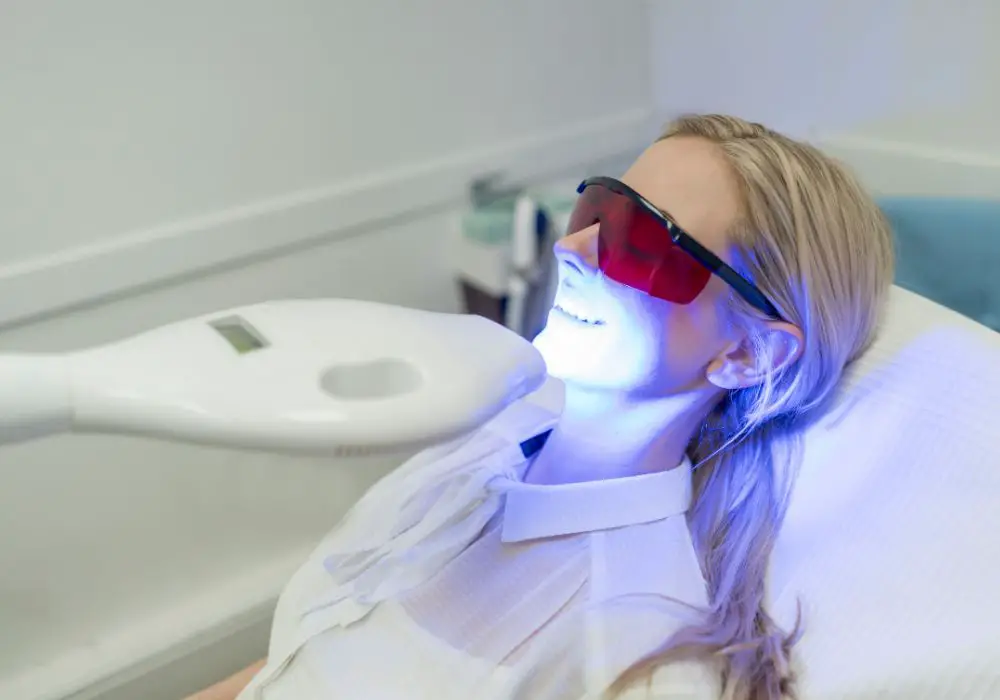
Before starting any teeth whitening treatments, there are a few things you should do to prepare your mouth. Proper preparation can help protect your gums during the whitening process and ensure the best possible results.
Oral Check-Up
First, you should schedule an oral check-up with your dentist. This is important because any underlying dental issues, such as cavities or gum disease, can affect the effectiveness and safety of teeth whitening treatments. During the check-up, your dentist will take x-rays, give you an exam, and treat any dental issues you have. This will help ensure that your teeth and gums are healthy enough for whitening.
Proper Cleaning
Second, you should get your teeth cleaned by your dentist or dental hygienist. Whitening treatments will be more effective and even on clean teeth. A thorough cleaning will remove any surface stains and plaque buildup, which can interfere with the whitening process. Additionally, it will help prevent gum irritation during the whitening process.
In addition to getting a professional cleaning, you should also maintain good oral hygiene at home. Brush your teeth twice a day with a fluoride toothpaste and floss daily. This will help keep your teeth and gums healthy and reduce the risk of gum irritation during whitening.
By following these preparation steps, you can protect your gums during teeth whitening and achieve the best possible results.
Methods to Protect Gums
When it comes to teeth whitening, it’s important to protect your gums from any harm or irritation. Here are a few methods you can use to protect your gums during teeth whitening:
Use of Gum Shields
Gum shields are a great way to protect your gums from any harm during teeth whitening. These shields can be purchased at your local drugstore or online. They are made of soft plastic and fit over your teeth, creating a barrier between the whitening solution and your gums. Gum shields are especially useful when using at-home whitening kits.
Applying Petroleum Jelly
Petroleum jelly is a great way to protect your gums from any irritation during teeth whitening. Simply apply a small amount of petroleum jelly to your gums before applying the whitening solution. This will create a barrier between the solution and your gums, preventing any irritation or burning.
Proper Usage of Whitening Trays
If you are using whitening trays, it’s important to use them properly to avoid any harm to your gums. Make sure to follow the instructions carefully and only use the amount of whitening solution recommended. Overuse of the solution can lead to gum irritation and damage. Also, make sure the tray fits properly to avoid any leakage of the solution onto your gums.
By using these methods, you can protect your gums during teeth whitening and achieve a brighter, more confident smile.
Post-Whitening Care
Congratulations on completing your teeth whitening treatment! Now that you have a brighter smile, it’s important to take care of your gums and maintain your oral hygiene. Here are some tips to help you soothe irritated gums and keep your smile looking its best.
Soothing Irritated Gums
If you experience any gum irritation or sensitivity after whitening your teeth, try these tips to soothe your gums:
- Rinse your mouth with warm salt water. Mix a teaspoon of salt in a cup of warm water and swish it around your mouth for 30 seconds before spitting it out.
- Apply a small amount of aloe vera gel to your gums. Aloe vera has natural anti-inflammatory properties that can help reduce gum irritation.
- Use a soft-bristled toothbrush and brush gently. Avoid brushing too hard or using a toothbrush with stiff bristles, as this can irritate your gums further.
- Avoid eating spicy or acidic foods that can further irritate your gums.
Maintaining Oral Hygiene
To maintain your bright smile and healthy gums after whitening your teeth, follow these oral hygiene tips:
- Brush your teeth twice a day with a fluoride toothpaste. Brush for at least two minutes, making sure to clean all surfaces of your teeth.
- Floss at least once a day to remove plaque and food particles from between your teeth.
- Use an antiseptic mouthwash to kill bacteria and freshen your breath.
- Avoid smoking and using tobacco products, which can stain your teeth and increase your risk of gum disease.
- Limit your consumption of sugary and acidic foods and drinks, which can erode your tooth enamel and cause cavities.
By following these post-whitening care tips, you can maintain your bright smile and healthy gums for years to come. Keep up with your regular dental checkups and cleanings to ensure your oral health stays in top shape.
Frequently Asked Questions
How can I prevent gum sensitivity during teeth whitening?
Gum sensitivity is a common side effect of teeth whitening. To prevent this, you can try using a desensitizing toothpaste before and after whitening. You can also ask your dentist about using a lower concentration of whitening gel or reducing the amount of time you wear whitening trays.
What are some tips for protecting my gums while whitening my teeth?
To protect your gums during teeth whitening, it’s important to apply the whitening gel carefully and avoid getting it on your gums. You can use a cotton swab or a small brush to apply the gel directly to your teeth. You can also try using a custom-fitted whitening tray to ensure that the gel stays in place and doesn’t come into contact with your gums.
Are there any products I can use to protect my gums during teeth whitening?
Yes, there are several products you can use to protect your gums during teeth whitening. One option is to apply a small amount of petroleum jelly or lip balm along your gum line before applying the whitening gel. You can also use a dental dam, which is a thin sheet of rubber that covers your gums and protects them from the whitening gel.
How can I treat burned gums from teeth whitening?
If you experience burned gums from teeth whitening, you should stop using the whitening product immediately and rinse your mouth with cool water. You can also apply a cold compress to your gums to reduce swelling and pain. If the burn is severe or doesn’t improve after a few days, you should contact your dentist.
What should I do if my gums turn white after using teeth whitening products?
If your gums turn white after using teeth whitening products, you should stop using the product immediately and rinse your mouth with cool water. This could be a sign of gum irritation or chemical burn. If the white patches don’t go away after a few days, you should contact your dentist.
Is it safe to whiten my teeth if I have gum disease?
If you have gum disease, you should talk to your dentist before using any teeth whitening products. Whitening products can irritate your gums and make your gum disease worse. Your dentist may recommend alternative treatments or a lower concentration of whitening gel to minimize the risk of gum irritation.

